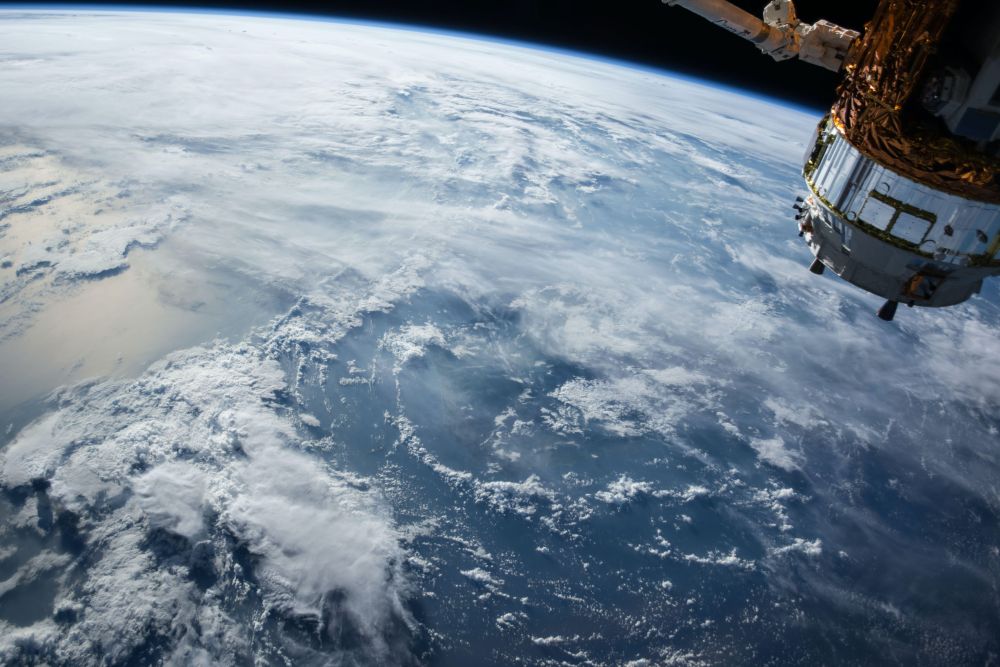NOAA and NASA Study Finds Earth’s Energy Imbalance Doubled Since 2005
The planet’s climate is determined by a delicate balance between how much of the Sun’s radiative energy is trapped in the atmosphere and at the surface, and how much thermal infrared radiation earth releases in space. Shockingly, a joint study by NOAA and NASA has discovered that the earth’s energy imbalance has approximately doubled since 2005. The doubling of this energy imbalance means that the planet is gaining energy, causing the planet to heat up.
Published in the journal Geophysical Research Letters, the study compared data from two independent measurements. NASA’s Clouds and the Earth’s Radiant Energy System (CERES) suite of satellite sensors measure how much energy enters and leaves the planetary system.

Image: NASA
Moreover, data from a global array of ocean floats, called Argo, allow an accurate estimate of the rate at which the world’s oceans are warming up. Given that nearly 90 percent of the excess energy from an energy imbalance ends up in the ocean, the global trends of incoming and outgoing radiation should largely agree with changes in ocean heat content.
Norman Loeb, the lead author for the study and principal investigator for CERES at NASA’s Langley Research Center in Hampton, Virginia, said,
The two very independent ways of looking at changes in Earth’s energy imbalance are in really, really good agreement, and they’re both showing this very large trend, which gives us a lot of confidence that what we’re seeing are a real phenomenon and not just an instrumental artifact.
An increase in carbon emissions due to human activities trap heat in the atmosphere, capturing outgoing radiation and heating the planet. This warming contributes to various changes, such as snow and ice melt, and increased water vapor and cloud changes that can exacerbate global warming. Earth’s energy imbalance is the overall result of these factors.
Researchers used a method that studied changes in clouds, water vapor, combined contributions from trace gases and the output of light from the sun, surface albedo, tiny atmospheric particles called aerosols, and changes in surface and atmospheric temperature distributions.
The study has also revealed that that the doubling of the energy imbalance is partially the result of an increase in carbon emission owing to anthropogenic activities, along with an increase in water vapor trapping more outgoing longwave radiation, furthering the imbalance.
Loeb warned that the study is merely a glimpse of the long-term climate change and that it is not possible to predict with any accuracy what the coming decades might look like in this regard. The study also suggested that unless the rate of heat uptake is reduced, greater changes in climate than current ones should be expected.


